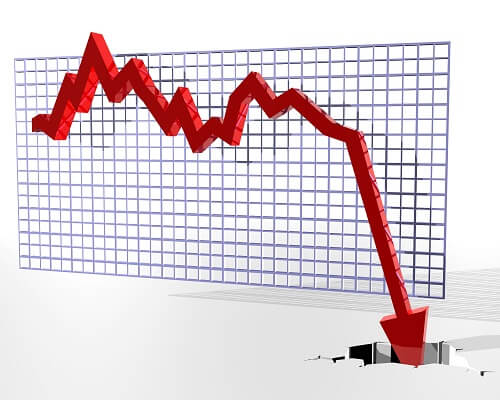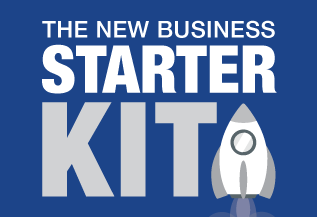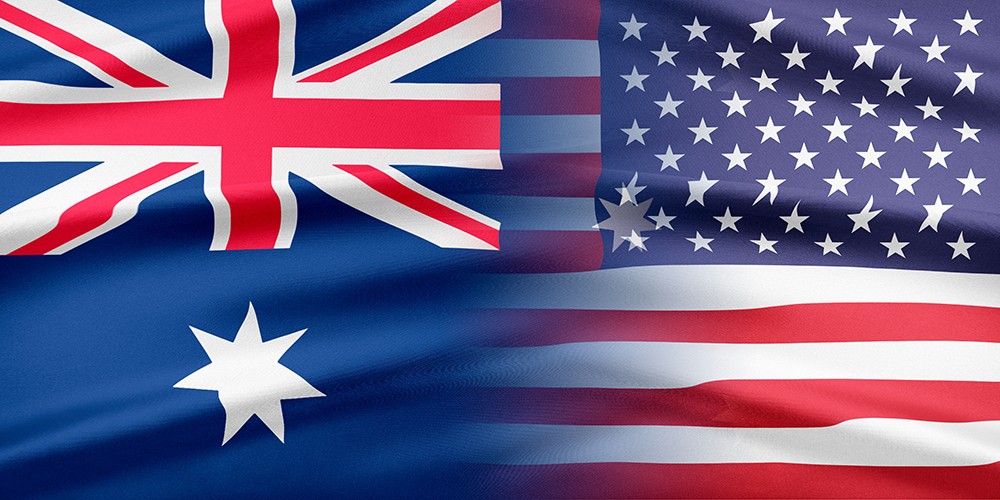Government Coronavirus Stimulus Package

The Federal Government announced its original $17.6 billion Coronavirus Stimulus Package in March which has now been overhauled to a total of $189 billion. The package is designed to bolster the Australian economy as the illness continues to spread. The Prime Minister, Scott Morrison said the stimulus package would have three priorities:
- Keep people in work
-
Keep businesses open and

- Ensure the economy bounces back when the spread of the disease abates.
The key measures are summarised as follows (and you can click here to read the Overview)
Boosting Cash Flow for Employers - Grants of up to $100,000 for Small Businesses
One of the most significant offerings for small business is a grant of up to $100,000 for small-to-medium businesses (now also including charities and not for profits) with employees with a minimum payment of $20,000. Businesses with turnover of up to $50 million, that employ staff in the period between January 1, 2020 and June 30, 2020 will be eligible for the funding.
The payments will be tax free and equal to 100% of employee's PAYG withholding amount on your March and June quarterly BASs. If you lodge monthly, it will apply to the March to June BASs (with March's withholding amount multiplied by 3 then 50% to make up for January and February). This will be done until you reach the $50,000 cap.

The funds will be delivered as a credit in the activity statement system, so you will pay a reduced amount upon lodgement (For example, if your March quarter PAYG withholding is over $50,000, you can simply pay $25,000 less than the overall net amount payable on your BAS, and the subsequent credit will match the difference). If your credit amount would put you into a refund position, payments of refunds will commence after 28 April 2020. An additional payment has also been introduced for July - October 2020 (eligible employers to receive an additional payment equal to the total of all the Boosting Cash Flow for Employers payments they have received - meaning eligible employers will receive a minimum of $20,000 up to the total of $100,000 under both payments).
Those that pay wages but are not required to pay tax are likely to receive a minimum payment of $10,000 (up from $2,000).
TIP: If you don't pay wages for principals, and you wouldn't get the full $50,000 benefit, pay some PAYG withholding for principals for March to June and get 50% of it back as a tax free windfall.
Keeping Apprentices Employed
In a bid to keep apprentices and trainees employed in their roles, the Government will offer eligible employers (who employ fewer than 20 employees) a wage subsidy of 50% of the apprentice's or trainee's wages for up to 9 months from January 1, 2020 to September 30, 2020.
The subsidy will be limited to $21,000 per apprentice - $7,000 per quarter for the first three quarters of 2020. Where an employer cannot retain that apprentice the subsidy will be available to the new employer.
PM Scott Morrison reportedly said, “We want to ensure that as we go through these difficult months and quarters ahead, that young people and apprentices will be able to continue. As a result, we’ll be ensuring that we will provide a wage subsidy which will support 117,000 apprentices right across Australia.”
Instant
Asset Write-Off Extension.png)
In a bid to encourage investment, the Prime Minister has also pledged to significantly extend the instant asset write-off for small and medium-sized businesses.
Currently, the tax write-off is available to businesses with a turnover of up to $50 million, for purchases of up to $30,000. That will be extended to include companies with turnover of up to $500 million and purchases of up to $150,000. The extension will apply until June 30, 2020.
For depreciable assets acquired from March 12, 2020 to June 30, 2020, the instant asset write-off threshold will increase from $30,000 to $150,000. Further, it will be available for businesses with group-wide annual turnover below $500 million (up from $50 million). This allows a full deduction for the cost to acquire the asset (new or second-hand), rather than deducting the cost over a number of years. The threshold is net of any GST credit. For example, a piece of equipment costing $165,000 (including $15,000 of GST for which you are entitled to claim a GST credit) will not qualify – the net-of-GST-credit cost must be less than $150,000.
In addition, the Government is accelerating depreciation deductions, through a limited 15-month investment incentive. Until June 30, 2021 businesses with a turnover of less than $500 million will be able to deduct an additional 50% of an asset cost in the year the asset is purchased.
Temporary Relief for Financially Distressed Businesses
To support businesses that were a going concern prior to the introduction of health measures to prevent spread of coronavirus and its subsequent economic impacts, the Government has created a 'safety net' of measures to ensure businesses can resume normal operations when the crisis has passed. One measure is the temporary increase in the threshold where creditors can issue statutory demands on a company and the time that company has to respond to those demands received. Other measures include temporary relief for directors from any personal liability for trading while insolvent, and providing temporary flexibility in the Corporations Act 2001 to provide temporary and targeted relief from provisions of the Act to deal with unforeseen events that arise as a result of the Coronavirus health crisis.
The ATO will tailor solutions for owners or directors of business that are currently struggling due to the Coronavirus, including temporary reduction of payments or deferrals, or withholding enforcement actions including Director Penalty Notices and wind-ups.
Targeted Sector Support

The Government will commit $1 billion to support businesses in sectors that have been severely impacted such as travel, tourism, agriculture and education. This support will include waiving fees and charges for business operating in the Great Barrier Reef Marine Park, and in other national parks, plus assistance in identifying new export markets and supply chains. There will also be a push to promote domestic tourism, the Government says.
There will also be administrative relief for certain tax obligations, including deferral of tax payments by up to four months. This administrative relief will be provided on a case-by-case basis and businesses will need to apply. We expect more details will follow on eligibility and the application process
Income Support for Individuals
The Government is temporarily expanding eligibility to income support payments and establishing a new, time-limited Coronavirus supplement to be paid at a rate of $550 per fortnight. This supplement will be paid to both existing and new recipients of the eligible payment categories. These changes will apply for the next six months.
The income support payment categories eligible to receive the Coronavirus supplement are:
- Jobseeker Payment (and all payments progressively transitioning to JobSeeker Payment; those currently receiving Partner Allowance, Widow Allowance, Sickness Allowance and Wife Pension)
- Youth Allowance Jobseeker
- Parenting Payment (Partnered and Single)
- Farm Household Allowance
- Special Benefit recipients
Anyone who is eligible for the Coronavirus supplement will receive the full rate of the supplement of $550 per fortnight.
For the period of the Coronavirus supplement, there will be expanded access to the income support payments listed above.
Jobseeker Payment and Youth Allowance Jobseeker criteria will provide payment access for permanent employees who are stood down or lose
their employment; sole traders; the self-employed; casual workers; and contract workers who meet the income tests as a result of the
economic downturn due to the Coronavirus. This could also include a person required to care for someone who is affected by the Coronavirus.
Reduced means testing: Asset testing for JobSeeker Payment, Youth Allowance Jobseeker and Parenting Payment will be waived for the period of the Coronavirus supplement. Income testing will still apply to the person’s other payments, consistent with current arrangements.
Reduced waiting times: The one week Ordinary Waiting Period has already been waived.
Recipients will need to declare that they are not accessing any employer entitlements such as annual or sick leave.
One-Off Payment to Support Households
The Government has confirmed it will provide two separate $750 tax free payments to pensioners, social security, veteran and other income support recipients. It will be tax-free, and not count as income for certain means-tested benefits. First payment will commence from 31st March with the second from 13th July 2020.
Early Access to Superannuation
Eligible individuals may be able to apply online via myGov for up to $10,000 of their superannuation before 1st July 2020, with a further $10,000 from 1st July 2020 for approximately 3 months.
To apply for early release you must satisfy any one or more of the following requirements:
- you are unemployed; or
- you are eligible to receive a job seeker payment, youth allowance for jobseekers, parenting payment (which includes the single and partnered payments), special benefit or farm household allowance; or
- on or after 1 January 2020: you were made redundant; or your working hours were reduced by 20 per cent or more; or if you are a sole trader — your business was suspended or there was a reduction in your turnover of 20 per cent or more.
People accessing their superannuation will not need to pay tax on amounts released and the money they withdraw will not affect Centrelink or Veterans’ Affairs payments















